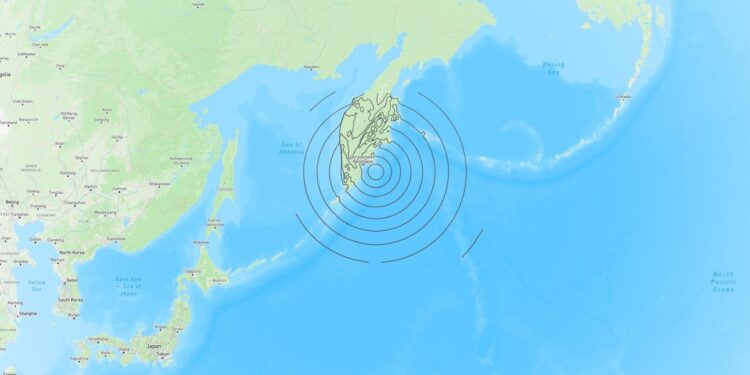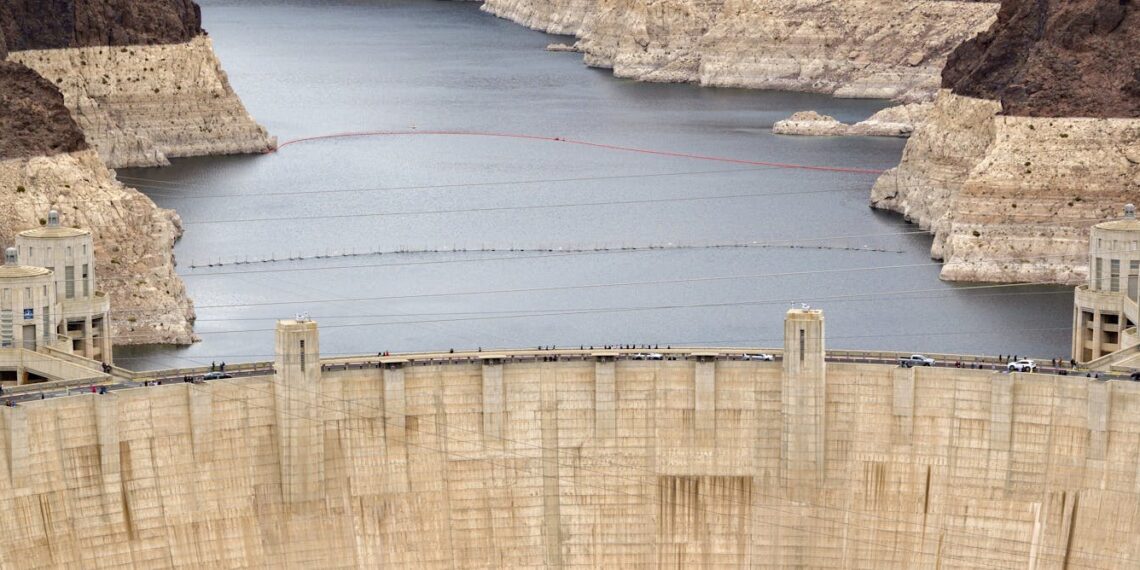Login to Continue Learning
Today, at around 11:30 AM local time, a magnitude 8.8 earthquake struck off the coast of Russia’s Kamchatka Peninsula in its far east. Originating at a depth of approximately 20 kilometers, this powerful earthquake is among the ten strongest recorded and the largest since 2011, causing building damage and injuries in Petropavlosk-Kamchatsky, just 119 kilometers from the epicenter.
Tsunami warnings and evacuations have been issued throughout Russia, Japan, and Hawaii. Advisories have also been sent to the Philippines, Indonesia, New Zealand, and Peru due to the earthquake’s significant impact.
The Pacific region is highly prone to powerful earthquakes and tsunamis because it lies within the Ring of Fire, an area of heightened seismic and volcanic activity. All ten most powerful recorded earthquakes were located here.
Here’s why this part of the world experiences so many strong quakes:
Immediately offshore Kamchatka Peninsula is the Kuril-Kamchatka Trench, where the Pacific Plate is subducting beneath the Okhotsk Plate. As tectonic plates move relative to one another, they often “get stuck” at their interfaces. The strain builds until it exceeds the interface’s strength, causing a sudden rupture – an earthquake.
Due to the large areas of interface in length and depth, these ruptures can span vast regions, resulting in some of Earth’s largest and most damaging earthquakes. Another factor is the speed at which the two plates move relative to each other. In Kamchatka, the Pacific Plate moves about 75 millimeters per year compared to the Okhotsk plate, causing large earthquakes more frequently here.
Other examples include the 2011 Tohoku-Oki Japan earthquake (magnitude 9.1) and the 2004 Sumatra-Andaman Indonesia “Boxing Day” earthquake (magnitude 9.3). Both occurred at shallow depths, rupturing right to the surface and causing devastating tsunamis.
In Kamchatka’s case, a magnitude 9.0 earthquake happened in 1952, only about 30 kilometers away from today’s magnitude 8.8 event.
Following such an earthquake, aftershocks can continue for weeks or months but generally diminish in both frequency and magnitude over time. Today’s earthquake has already produced 35 aftershocks larger than magnitude 5.0.
Aftershocks happen when the mainshock redistributes stress within Earth’s crust. They are usually one magnitude unit smaller, so larger aftershocks (magnitude 7.5 or more) are possible.
Today’s earthquake also caused a tsunami that has affected coastal communities on the Kamchatka Peninsula and Hokkaido, Japan. It will propagate across the Pacific, reaching Hawaii approximately six hours after the initial quake and continuing as far as Chile and Peru.
Earthquake researchers will study how recent seismic activity influenced today’s event to better understand subduction zone behavior.
For other earthquake-prone areas like New Zealand, which sits above two subduction zones, including the Hikurangi subduction zone on the east coast of the North Island, staying alert to civil defense warnings is crucial.
📚 Reading Comprehension Quiz
When did a magnitude 8.8 earthquake strike off the coast of Russia’s Kamchatka Peninsula?
Please login or register to take the quiz and earn points!



















